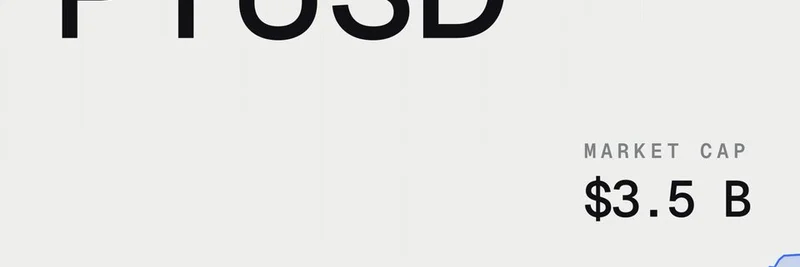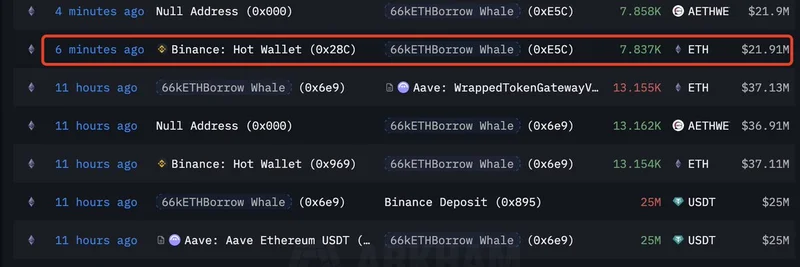In the fast-paced world of cryptocurrency, especially with meme tokens flying high on chains like Solana, privacy is becoming a hot topic. A recent thread from Mert, CEO of Helius Labs, breaks down the essentials of mixers and obfuscation techniques. If you've ever worried about your on-chain activities being traced—say, after a big meme token win—this is worth a read. Let's unpack it step by step, keeping things straightforward for everyone from newbies to seasoned degens.
Mixers are basically tools that blend your funds with others to make tracking harder. Imagine you have a wallet loaded with a meme coin like ShitcoinX, but you've accidentally doxxed yourself online. Now everyone knows your real identity ties to that wallet, including your entire transaction history. Not ideal, right? To fix this, you deposit your coins into a mixer pool. Later, you withdraw to a fresh wallet. On the blockchain, it looks like the mixer sent the funds, not you directly.
But here's the catch: if you're the only one using the mixer or you withdraw the exact same amount right away, it's easy for someone to connect the dots. Mert points out key issues, like how central exchanges or regulators might flag mixer use, especially if shady characters have used the same service before. Tools like Tornado Cash let you prove compliance via zero-knowledge proofs, which is a fancy way of saying you can show you're not up to no good without revealing details.
To level up your privacy game, focus on "opsec"—operational security. Deposit and withdraw different amounts, wait random times, and ensure lots of other users are in the mix. This creates an "anonymity set," making it tougher to pinpoint you. Think of it as hiding in a crowd at a meme token launch event; the bigger and more chaotic the group, the better.
Mert also dives into better alternatives. Monero takes mixing to the next level by obfuscating every transaction automatically, hiding real inputs among decoys. It's like mandatory privacy for all users, which boosts that anonymity set naturally. However, it's still probabilistic—relying on high usage to stay hidden—and vulnerable to future tech like quantum computing.
For the ultimate shield, Zcash uses encryption to vanish everything: senders, receivers, amounts, the works. It's the gold standard for true invisibility on the blockchain. Why does this matter for meme tokens? Meme trading often involves quick flips and high visibility on public ledgers. Privacy tools help you trade without broadcasting your moves to competitors or watchers.
Looking ahead, Mert teases more on advanced tech like fully homomorphic encryption (FHE), multi-party computation (MPC), zero-knowledge proofs (ZK), and trusted execution environments (TEEs). These could revolutionize privacy without sacrificing functionality, perfect for the evolving meme ecosystem.
If you're diving into meme tokens, understanding these privacy layers can protect your gains and keep your strategies under wraps. Check out the original thread from Mert on X for the full details, and stay tuned for more insights here at Meme Insider. Whether you're farming airdrops or hunting the next 100x, privacy might just be your secret weapon.



